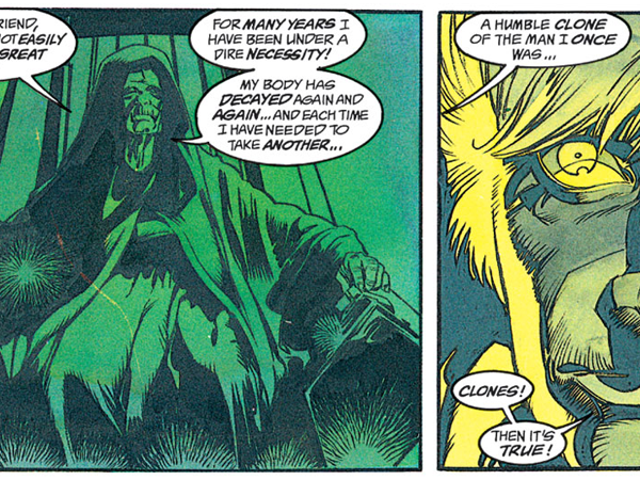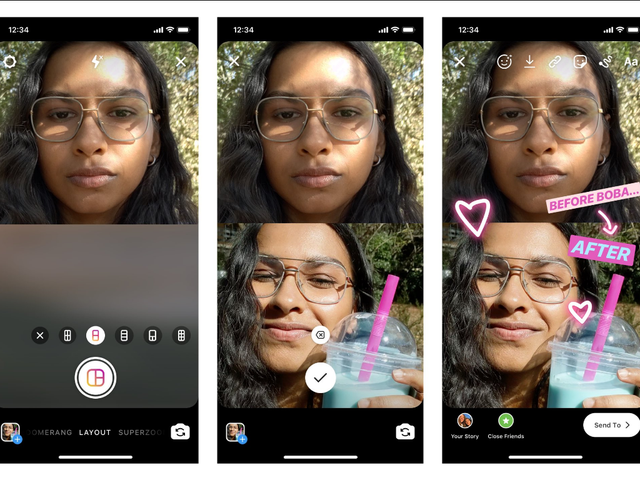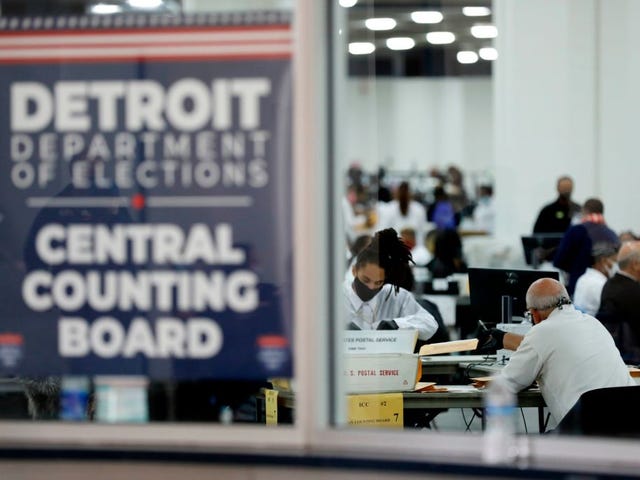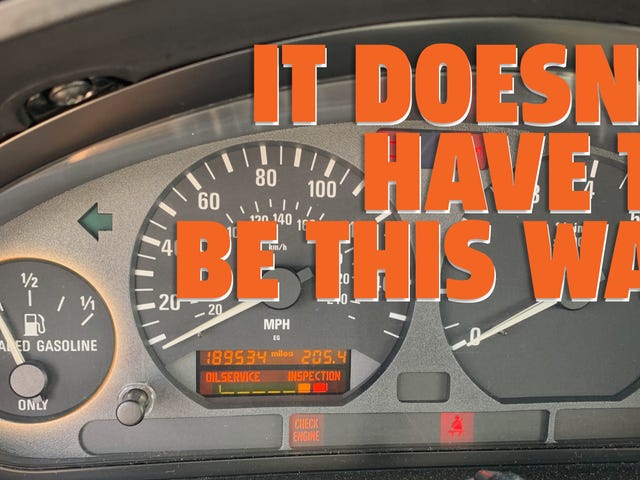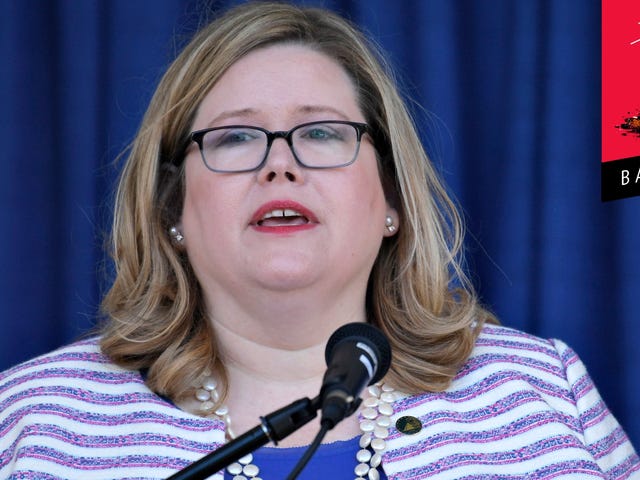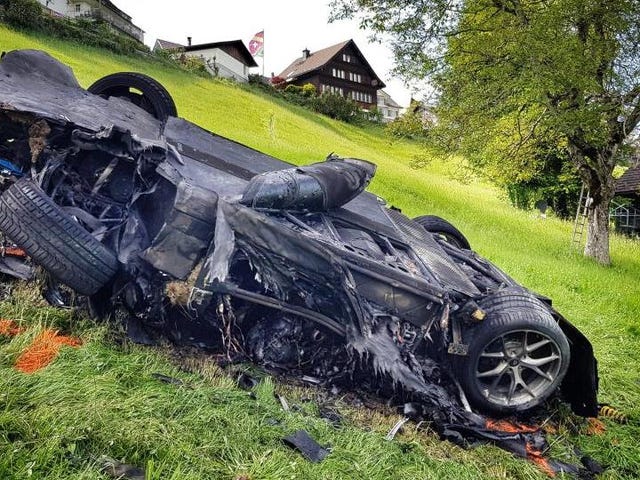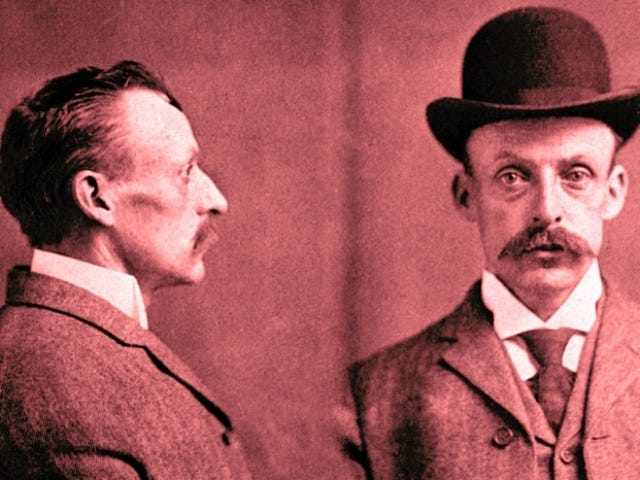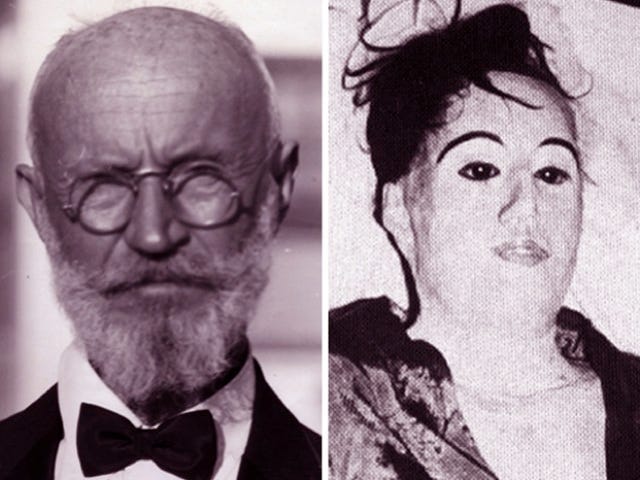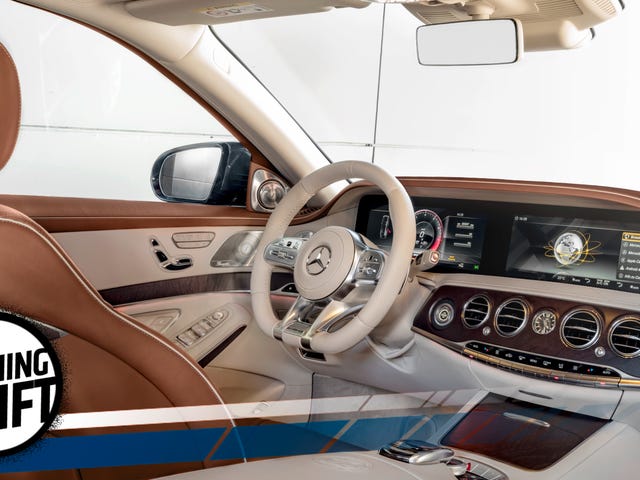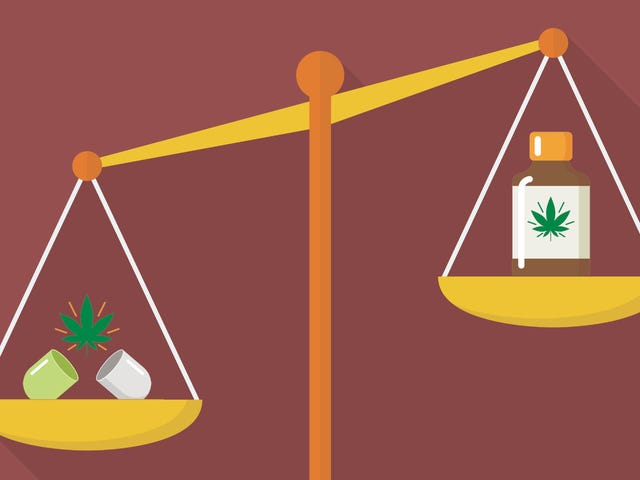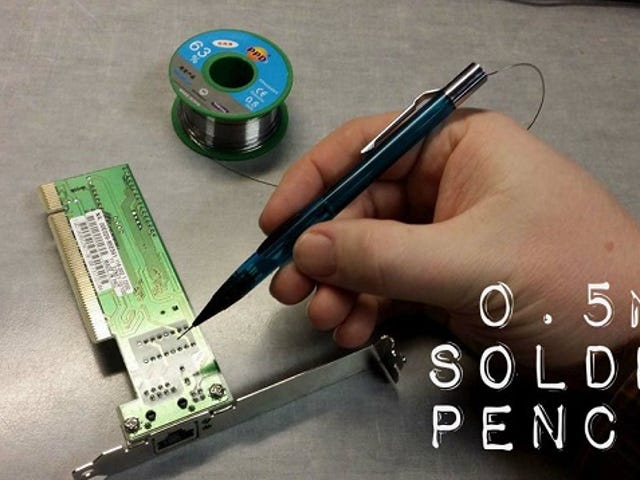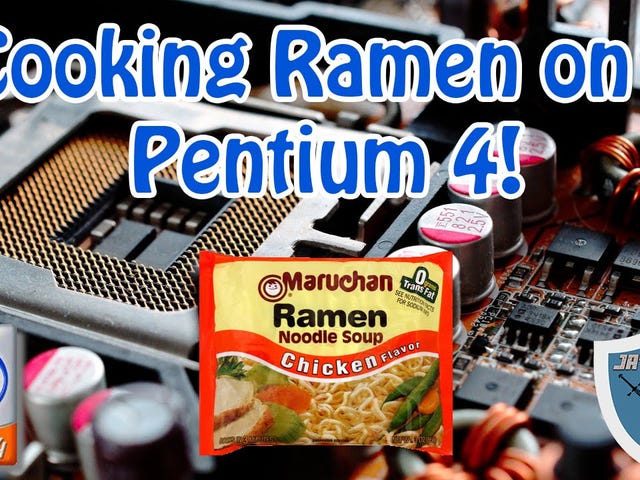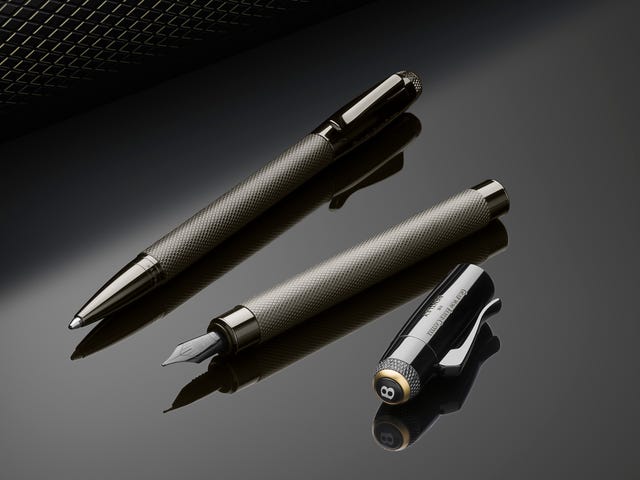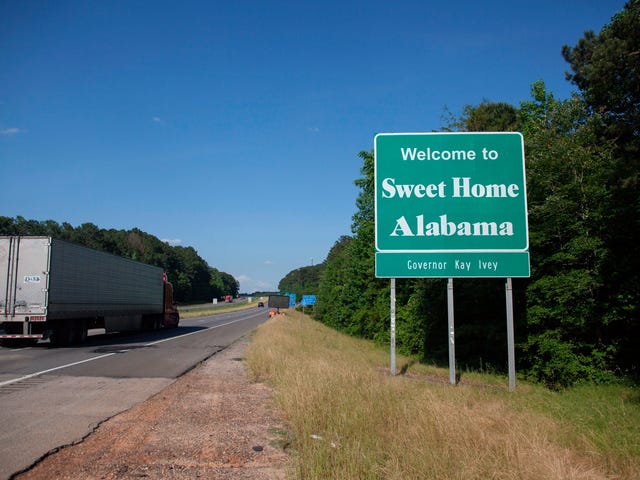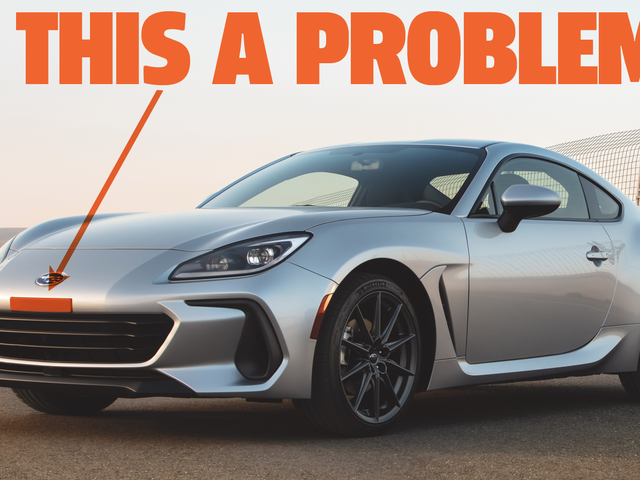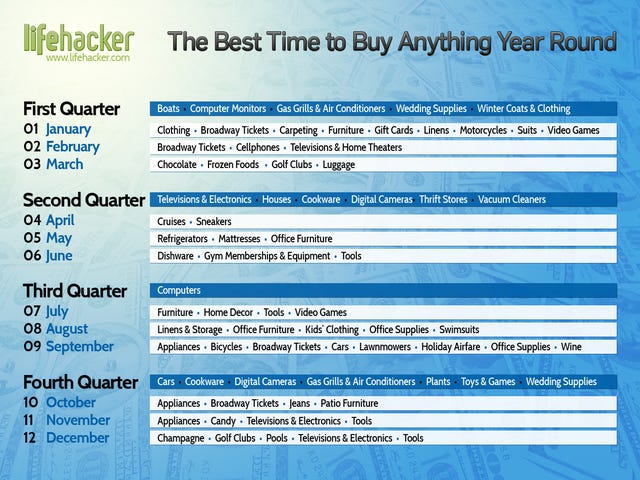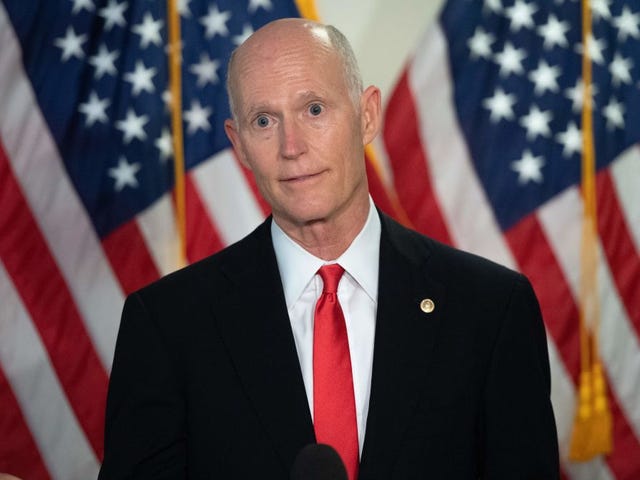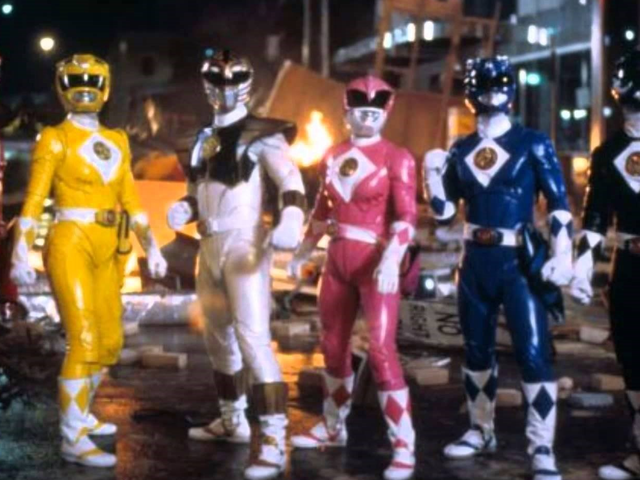25년 수입 규칙의 역사는 당신이 생각하는 것보다 더 복잡합니다
매년 이맘때쯤이면 자동차 애호가들은 25년 된 자동차가 이제 합법적으로 배에 올라 미국으로 가져올 수 있다는 사실에 기뻐합니다. Renault Avantime , R34 Nissan Skyline 또는 S15 Nissan Silvia가 금지된 과일로 남아 있는 이유 는 이 악명 높은 "25년 수입 규정" 때문입니다. 항상 이런 것은 아니었습니다. 수십 년 전만 해도 거의 모든 사람이 외국 자동차를 수입하여 "회색 시장" 차량을 연방화할 수 있었습니다. 그러나 이 법칙에 대해 알고 있다고 생각하는 것이 틀릴 수 있으므로 자세히 살펴보겠습니다.
1988년 수입 차량 안전 준수법 ( Imported Vehicle Safety Compliance Act)은 1988년 겨울에 법률이 되어 미국 안전 및 배기 가스 규정을 준수하지 않는 25세 미만 차량의 수입을 효과적으로 금지했습니다. 이 법은 오늘날에도 여전히 자동차 문화를 장악하고 있어 열광자들이 이 나라에서 제공하기에는 너무 이상하고, 너무 흥미롭고, 틈새 시장에서 차를 사는 것을 방지합니다.

미국 고속도로 교통 안전국(National Highway Traffic Safety Administration)에는 차량 수입에 관한 페이지 가 있으며 , 연방 정부가 연방 자동차 안전 표준 또는 환경 조건을 충족하지 않는 자동차를 여기로 가져오는 것을 원하지 않는 다양한 방법을 배우면서 길을 잃는 데 며칠을 보낼 수 있습니다. 보호청 규정.
규칙을 우회하려고 시도한 사람들은 종종 분쇄기의 비즈니스 끝에서 자신의 차를 발견했습니다. 정부는 그 차량 의 죽음을 촬영 하는 재주가 있습니다.
작년에 제 이야기를 읽으셨다면 제가 차를 수입하는 과정을 한 번이 아니라 두 번이나 겪었다는 사실을 아실 것입니다 . 그리고 이것은 25년 규칙에 따라 수입할 수 있는 몇 안 되는 회색 시장 수입품 중 하나를 이미 소유한 후의 일입니다. 그 이후로 온라인에서 판매되는 일본차나 유럽차를 보면 "어떻게 이렇게 된 거지?"
일부 열성팬과 심지어 일부 웹사이트는 Mercedes-Benz와 돈 추구를 지적하지만 그 이상의 의미가 있습니다.
우리가 어떻게 여기까지 왔는지 진정으로 이해하려면 달력을 1970년대와 1980년대로 되돌려야 합니다. 두 차례의 오일쇼크 이후 일본 소형차들이 쇼핑몰 주차장을 가득 메우기 시작했고, 부자들이 미국식 사치를 기피하면서 독일 스포츠 세단들이 컨트리클럽 발렛을 막히기 시작했다. 1980년대에 '달라스'를 켜면 캐딜락이 아닌 벤츠 컨버터블에서 바비 유잉을 본 것이다. 백 투 더 퓨처 에서 착한 사람은 도요타를 몰고 갑니다. Honda에서 가장 친절한 사람들을 만나고 BMW에서 외교관처럼 보일 수 있습니다.

1980년대까지 미국인들은 수입품을 충분히 구할 수 없었습니다. 1989년 로스앤젤레스 타임즈 는 지난 10년간 미국의 끝없는 쇼핑 열망을 회고 했습니다. 전자레인지에서 시계, 컴퓨터, 에스프레소 머신, 비디오 게임에 이르기까지 모든 것이 미국 가정에 보급되었습니다. 구매 열풍 동안 많은 식품을 포함하여 많은 상품이 수입되었습니다.
오토바이는 탄광의 카나리아였습니다. Harley-Davidson이 머리를 감쌀 수 있는 것보다 더 빨리 일본 오토바이가 시장에 출시된 후 어떤 일이 일어났는지 잘 알고 있을 것입니다. 일본은 오토바이를 너무 많이 수입하고 있었기 때문에 Harley-Davidson은 미국 정부에 이에 대해 조치를 취해줄 것을 간청했습니다. 1983년 로널드 레이건 당시 대통령은 대형 오토바이 에 관세를 부과하는 대형 오토바이 수입에 관한 각서에 서명했습니다. 그들은 RevZilla가 언급 한 바와 같이 막대와 방패와 경쟁하지 않았지만, 미국이 이러한 종류의 경우에 기꺼이 공격적으로 움직일 의향이 있다는 신호였습니다.

수입 상품의 엄청난 유입과 다른 통화에 대한 달러의 가치는 또한 최저 가격으로 기술, 사치품, 심지어 자동차까지 점수를 매기는 방법을 장려했습니다.
머지 않아 상인들이 미국의 한 상점 선반에 있는 텔레비전을 다른 나라에서 훨씬 더 싸게 구입할 수 있다는 것을 알게 되었습니다. 그런 다음 그 상인들은 그 장치를 떠서 미국으로 수입한 다음 공식 유통업체를 통해 판매되는 제품보다 저렴하게 판매했습니다. 비공식 채널을 통해 판매되는 제품인 "회색 시장" 상품입니다.
절감 효과는 종종 극적이었습니다. 1990년 법률 검토 에 따르면 K-Mart와 같은 소매업체는 공식 수단을 통해 수입되는 제품보다 최대 40% 할인된 가격으로 회색 시장 제품을 판매하고 있었습니다.
당시 수입차를 구매했다면 공식 대리점에서 구매하지 않고 유럽에서 직접 구매하면 수천 달러를 절약할 수 있다는 광고를 본 적이 있을 것입니다.

자동차의 회색 시장은 연방 정부 가 1966년 전국 교통 및 자동차 안전법을 도입한 1960년대 후반으로 거슬러 올라갑니다 . 이 명령은 차량 안전 설계의 변화를 위한 길을 열었습니다. 곧, 차량에는 미국 표준을 충족하는 특정 안전 장비가 필요했습니다. 한편, 정부는 결국 자동차에 공해를 줄이기 위한 조치를 취하도록 요구했습니다.
독일과 같은 곳에서 제작된 차량에는 원래 미국 정부에서 요구하는 장비와 시스템이 없었습니다. 규정을 충족하기 위해 자동차를 개조하는 것이 거대하고 시간과 비용이 많이 드는 과정 인 오늘날과 달리 그 당시에 는 누구나 차를 수입하고 개조할 수 있었습니다. 회색 시장 차량에는 미국 규정을 준수하는 범퍼, 도어 빔 및 연료 시스템이 추가되어야 했습니다. 당시 유럽 자동차에는 촉매 변환기가 없었기 때문에 촉매 변환기도 추가해야 했습니다.
이것은 곧 구매자가 때때로 충격적인 할인 신차를 광고하는 판매자로부터 차량을 얻을 수 있는 시장으로 이어졌습니다. 딜러조차도 회색 시장 차량을 판매하여 자신의 브랜드를 낮추었습니다.
Kiplinger's Personal Finance의 1985년 11월호 에서는 Mercedes-Benz 500 SEL을 미국 대리점에서 $53,000에 구입할 수 있지만 회색 시장에서 구입한 또 다른 500 SEL은 $11,000만큼 저렴할 수 있다고 언급 했습니다. 그것은 상당한 변화입니다. 그러나 그것이 $140,000 자동차에 $30,000 할인을 받는 것과 같다는 것을 깨달을 때 그것은 훨씬 더 많습니다.
돈을 아끼는 것뿐만이 아니었습니다. 제조업체가 미국에서 원하는 옵션이나 엔진을 제공하지 않으면 그냥 처리할 필요가 없었습니다. 아마도 BMW는 터보차저가 장착된 745i가 미국 배기가스 기준을 충족시키는 데 돈을 쓰고 싶지 않았을 것 입니다. BMW는 공식적으로 그 모델을 여기에서 판매하지 않았습니다. 그것은 당신이 하나를 살 수 없다는 것을 의미하지 않았습니다. 당신이 원하는 것을 해외에서 기꺼이 사려는 다른 대리점, 수입업자 또는 리셀러를 찾아 여기로 가져와 촉매 변환기를 넣고 하루라고 부를 수 있습니다.

텔레비전과 주방용품과 마찬가지로 그레이마켓 차량에 대한 수요도 엄청났습니다. Kiplinger's 는 1980년에서 1985년 사이에 약 65,000대의 회색 시장 자동차가 미국으로 반입되었다고 기록합니다. 1985년은 수입된 회색 시장 차량 66,879대로 마감되었습니다.
워싱턴 포스트(Washington Post)의 1984년 12월호는 회색 시장이 얼마나 큰 파장을 일으키고 있는지 자세히 설명 했습니다. 한때 미국에서 Mercedes-Benz 시장의 20% 이상이 판매되지 않는 회색 시장 자동차였습니다. WaPo당:
회색 시장 열풍은 텔레비전, 가전 제품 및 자동차의 공식 미국 유통업체가 비공식적인 수단을 통해 국경을 통과하면서 빠르게 주요 문제가 되었습니다.
특히 Mercedes-Benz는 회색 시장 수입의 흐름을 막는 것을 목표 중 하나로 삼았습니다.
이러한 제품 및 차량 제조업체의 문제는 손실만 있는 것이 아닙니다. 실제로 이 회사들은 다른 나라의 유통업체가 자신들이 할 수 있는 판매를 하고 있다는 사실에 만족하지 않았지만 그 이상의 의미가 있었습니다.
당신이 회색 시장 Mercedes-Benz를 샀을 때, 당신이 받는 차는 같은 배지를 가지고 있었고 종종 북미의 Mercedes-Benz가 판매하는 것과 같은 모델이었습니다. 그러나 귀하가 소유한 회색 시장 Mercedes-Benz 500 SEL은 Mercedes-Benz에서 수입하거나 판매할 수 있는 권한이 없습니다.

표면적으로는 큰 문제가 아닙니다. 공식 채널에서 구매하는 것과 같은 보증을 받을 수는 없지만, 그 대가로 딜러로부터 얻을 수 없는 옵션 또는 몇 대가 있는 더 싼 차를 얻었습니다.
One of the problems came from the conversion process for a gray market vehicle. Just about anyone could do the modifications needed to make a gray import legal and it was on the owner of the vehicle to prove it met federal requirements. Proving it was all on paper and the car was never inspected.
Unfortunately, the quality of such modifications could vary wildly between a legitimate converter or importer and someone cobbling cars together out of their garage. This industry was unregulated and the government didn’t track or even inspect the firms and people who modified gray imports.
In the mid-1980s, Mercedes-Benz of North America started purchasing gray market imports to see how well the conversions were done. What it found was surprising. Here’s an excerpt from a November 1985 issue of the Chicago Tribune, where then Mercedes-Benz of North America spokesman A.B. Schuman shared what they found:
Mercedes-Benz and other automakers saw the problems with shoddy conversions as tarnishing their brand image. After all, if someone unknowingly purchased a gray market vehicle and it broke down, Mercedes feared they’d blame the only entity they know to blame: the brand right there on the car’s badge.
Official dealers said they were also worried about liability suits stemming from potentially bad gray market vehicles, according to a Washington Post report, that neither they nor the brands they sold for had a hand in importing and converting. Dealers agreed with the automakers that gray market imports were bad for business.

In 1986, Mercedes-Benz’s findings were supported by a U.S. Government Accountability Office (the GAO, formerly General Accounting Office) report titled “No Assurance That Imported Gray Market Vehicles Meet Federal Standards.”
The goal of this report was to examine the manner in which NHTSA, EPA and Customs carried out their duties in regard to vehicle importation. It also looked into government and auto industry studies that sought to find out just bad things were with conversions not being completed properly.
The report aggregated studies conducted by the Department of Transportation, the National Automobile Dealers Association, the California Air Resources Board, and Mercedes-Benz. GAO noted that these studies suggested that 50 to 95 percent of non-conforming vehicles imported into the country either weren’t modified to meet standards or the modifications were inadequate.

The office conceded that it did not examine the adequacy of the scope of the studies or their methodologies. However, the results still provided very official backup to Mercedes’ and its dealers perhaps financially-motivated concerns.
The report also included NHTSA testing, where two gray market vehicles were randomly purchased. Both of the vehicles failed to conform with a number of standards. Perhaps more importantly, both cars failed to meet crash standards for bumper strength. One of the vehicles also failed the standard for fuel system integrity when a fuel line broke during the crash test.

The GAO concluded that the NHTSA, EPA and Customs lacked the internal controls necessary to regulate vehicle importation. Its recommendations included that firms be certified to do the modifications on gray market cars and their work be periodically inspected. The GAO noted that there were existing bills in both the Senate and House at the time that offered variations of these recommendations.
This report, along with the aforementioned studies, set the stage that gray market cars were not just an issue of money or liability, but of safety as well. Backyard operators putting catalytic converters only an inch from fuel tanks put drivers at risk, and others simply lied that their vehicles conformed. For the automakers, the solution was clear: Gray market imports had to be stopped.
Not everyone was on the same page.

In 1985, a bill landed in Congress proposing to make the importation of non-conforming vehicles illegal, as the Orlando Sentinel reported at the time. (Florida’s status as a hub of questionable imports goes a long way back.) Its supporters included Mercedes-Benz of North America and the American Automobile Dealers Association.
As automakers and the AADA lobbied to stop gray market imports, the vehicle importation industry and even many of the automakers’ own franchised dealers fought back, offering an alternative.
One of the groups fighting against an importation ban was the Automobile Importers Compliance Association. It was a non-profit trade group consisting of about 200 importers, shippers, modifiers and testers.
I spoke with Dan Kokal, former Compliance Coordinator for the Automobile Importers Compliance Association.
He spent six years with AICA with his feet on the ground fighting to keep importation alive. Today, he runs Private Vehicle Imports, an importer that more or less specializes in seemingly hopeless cases. His site proudly proclaims “No Matter What You’ve Been Told There May Be A Way.” Kokal uses his unique experience to do what other importers say is impossible.
He explained to me that AICA wasn’t just fighting the automakers to keep importation going, but it pushed back against the very backyard conversion operators, chop shops and dealerships that didn’t follow the rules and didn’t go quality jobs. A Mercedes with a shoddy conversion didn’t have the potential to hurt just Mercedes-Benz, but the import industry, too.

Indeed, in those same reports where Mercedes-Benz North America and some of its dealerships show concern about diluting Mercedes’ brand identity, AICA was right there agreeing that bad conversion jobs are terrible for everyone. In a March 1985 New York Times report, Benjamin Jackson, then executive director of AICA criticized Mercedes-Benz for keeping prices high despite a strong dollar. At the same time, Jackson agreed that not all conversions are equal:
Part of that self-policing was the 100-page Handbook of Vehicle Importation, a manual on the obligations that buyers of gray market cars must meet.
Kokal explained to me that AICA wanted to keep imports alive, but the conversion process should be standardized. No more backyard engineers haphazardly putting things together. He also explained that many official dealerships wanted to keep imports going, too. When those dealerships ran out of their official allotment of cars to sell, they would import their own cars, convert them, then sell them.
This is echoed by some of the reports of the era, including in the Washington Post:
AICA also conducted its own research. A 1985 NHTSA report of safety complaints provided to AICA showed that none of the complaints were related to gray market vehicles. It also reviewed 1983 and 1984 DOT records and found no safety-related problems from gray market cars.
Sadly, AICA’s efforts didn’t stop the automakers from succeeding. As we all know, the Imported Vehicle Safety Compliance Act of 1988 was passed, cratering the importation of gray market vehicles.

Decades later, the 25-year rule remains in place, and there’s no sign it’s ever going anywhere.
The process to get a non-conforming vehicle legal is different, too. Importers and converters must now go through a lengthy and expensive process just to get a vehicle onto the list of vehicles allowed to be imported before they hit 25 years old. Gone is the idea of cobbling together a car in your garage then sending in some papers.

Earlier, I mentioned how some official dealerships were concerned about liability suits arising from gray market imports. In 1992, the George Washington Journal of International Law and Economics explored whether U.S. Trademark holders should be held liable for gray market products.
In “Trademarks and Gray Market Goods: Why U.S. Trademark Holders Should Be Held Strictly Liable for Defective Gray Market Imports,” the journal explains that a person injured by a defective gray market product may desire to sue. In the event that they cannot sue the retailer they purchased it from or the manufacturer overseas, they may sue the manufacturer’s U.S. division even if the company never authorized the importation or sale of the good in the States.
The journal looked at previous cases where companies were found liable for injuries caused by products with their names on them, but produced in other countries. Of course, the best way to make sure that never happens is to stop gray market imports. The journal noted that the Imported Vehicle Safety Compliance Act was a major victory in this regard.
The 25 year import rule remains infamous today for halting the dreams of enthusiasts before they can even get off of the ground.

Money was certainly a factor, but they were not without other concerns about poor quality conformity conversions being done that could have put drivers in danger. Nobody wants to learn that a car they were told had airbags actually didn’t. Of course, the automakers complained about poor conversions harming their image.
평판이 좋은 수입업체에는 이 문제를 해결할 수 있는 솔루션이 있었습니다. 안타깝게도 결국 무시당했습니다.
Dan Kokal의 마지막 질문으로 자동차 애호가와 젊은 수입업자를 위한 조언이 있는지 물었다. 그는 운송 회사가 말하는 것이 반드시 옳은 것은 아니라고 말했습니다. 25년 미만의 차량을 배송할 수 있으며 수정하지 않고 수입할 수도 있습니다. 그러나 수입법에 묻혀 있는 모든 옵션을 탐색해야 합니다.
